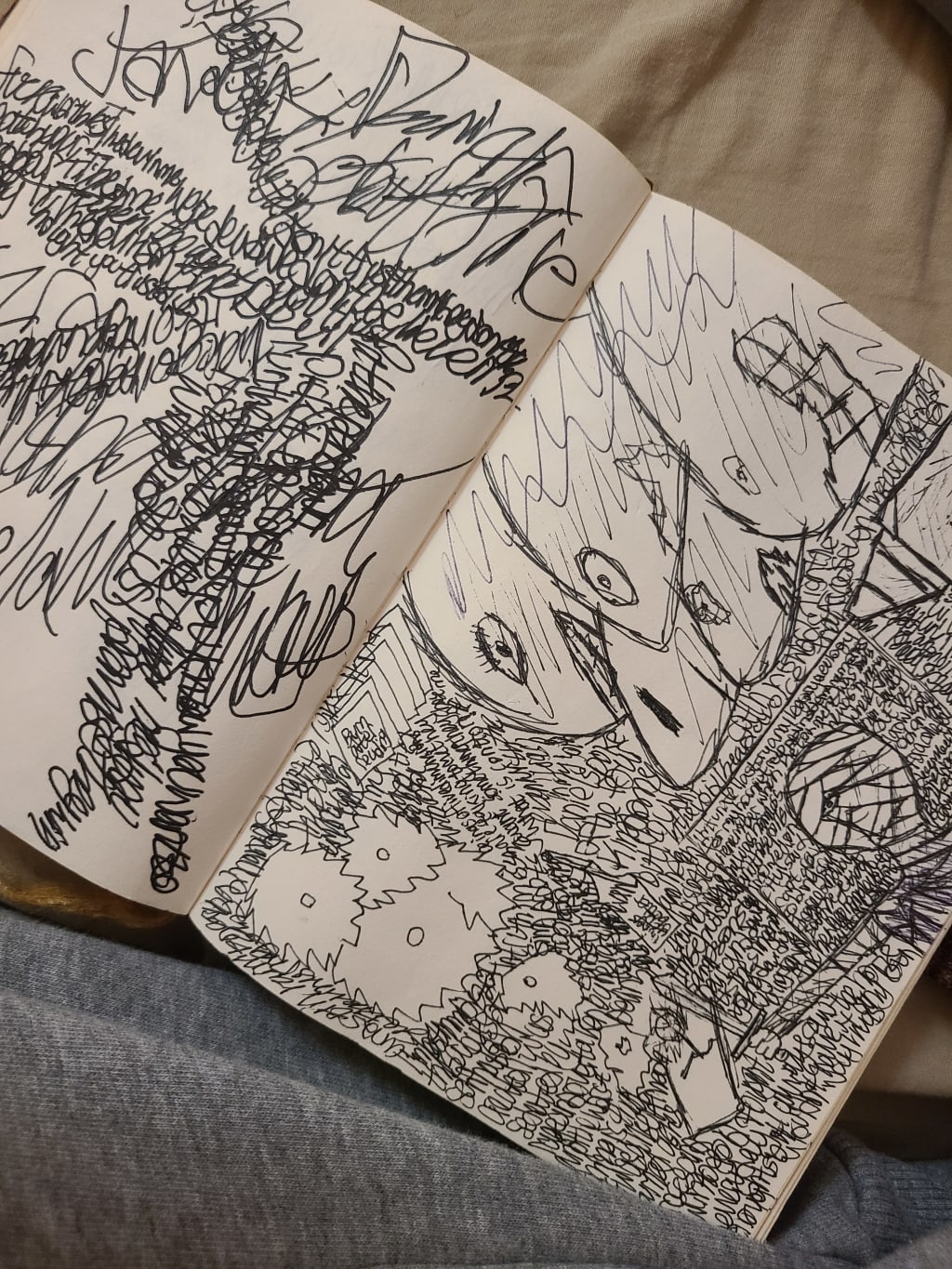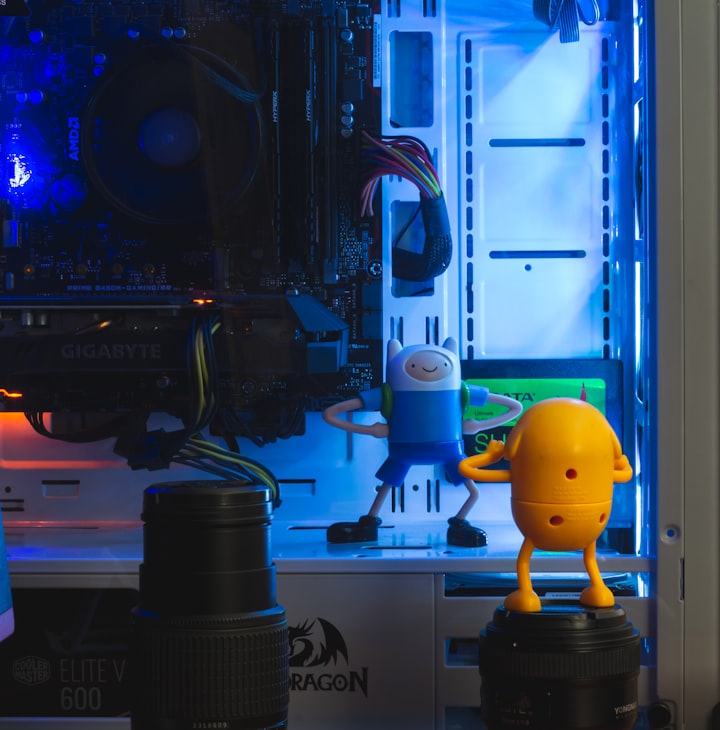Touched with Fire
Understanding Mental Illness and its relation to Human Perception and the Creative Process

I had read the book, all 260 pages, in a day. It was at the recommendation of a friend of mine, who was, like me, diagnosed bipolar. Touched with Fire by Kay Redfield Jamison explores the marriage between artistic temperament and mental illness. It is never specified in the book as to whether the fire is the creativity or the illness, or both. Mind you, the book makes no attempt to romanticize insanity, neither do I in writing this article. What it does do is document the clinical and quantifiable presence of psychotic illnesses in poets, artists, writers, playwrights and even mathematicians.

The book forced me to reflect on my own life and my own artistic endeavors. I am a writer, equally, a poet. Much of the content I have published on this platform is poetry. I have never defined either of these traits as anything beyond a hobby. I write because I enjoy it.
The way I experience creativity is always through visual animation of my subconscious. I see, feel and hear what I am writing in the exact same way I see, feel and hear the natural world. These two worlds often have very little distinction between each other. This had lead me to describe my creative writing as the product of "visions" I see within my mind. Up until recently, this is how I thought everyone experienced the world.
This is a condition known as hyperphantasia, and was a secondary diagnosis I received, along with bipolar disorder II, by my psychiatrist.
I experience memory in largely the same way. This allowed me to memorize a study book I was given during a military qualification I was subsequently tested on. Upon being asked a question, I saw the page in my mind and read it as if it was right in front of me. The same can be said for the methods I used to acquire the French language.
Prior to taking medication, the majority of my fictional writing took place in these states, where the line between my imagination and the natural world is absent. I felt as though I was a robot simply translating my minds eye to the paper on my computer screen. These states were often coupled with intense emotions and the presence of voices. Additionally and often, was the presence of irritability, anxiety, lack of sleep or sleep disturbances, changes in appetite and so on. But I never noticed any of it until I was told by a psychiatrist, friends or family.
Bipolar disorder, or any other mental condition for that matter, is not an illness like the flu. The flu is the presence of symptoms that diverges from the patient's norm. In psychiatry, bipolar disorder is the norm, and anything you do to treat it is to diverge from that norm, on purpose.
These episodes of emotional intensity and voices was normal for me, as was the months of sluggish depression and a surplus of sleep. The highs and the lows. This was life as I understood it for the two year period between my onset and diagnosis. I never once hypothesized my experience of the world as anything abnormal, and it took three separate doctors to convince me that anything was wrong.
But then again, nothing is necessarily wrong. To be bipolar is to have different brain anatomy, different brain chemistry. A prefrontal cortex that is wired differently, and as a result, experiences the world and human emotion differently. This affliction has positives and negatives, the latter of which often outweighs the former.
This is why I am not much of a fan of characterizing my diagnosis as a mental "illness." This would imply that the entire way in which I interpret the world is a defect. It isn't and I do not suffer in the day to day. My condition, at this point, affects me no more than someone with deficient eye sight affects them. They wear glasses, and I take medication. The illness is still present, it is still there and always will be, but yet so too will my artistic insights, that, without bipolar disorder, I don't believe would be present.
This, I believe, is what Jamison meant by the title Touched with Fire. Fire burns and injures at close proximity, but it also illuminates and warms that which is close enough. In treating bipolar disorder, the goal is not to kill or liquidate the condition, you can't. Rather, you find the right balance. The place which rests in the presence of chaos. The right distance from the fire. That is a skill I strive everyday to master, with each in every word I write or image I draw. Because at the end of the day, you cannot change how you experience the world. In the same way a worm cannot experience eyesight. You know and understand reality only to the extent that your brain perceives reality, anything beyond that, from your own perspective, may as well be magic.

About the Creator
Ezra Berkman
Life is so much better when you write it down.
Poet and novelist. All for my own enjoyment.
Currently writing a memoir and an alternate history novel "Where the River Narrows"
I may be reached personally at [email protected]






Comments
There are no comments for this story
Be the first to respond and start the conversation.